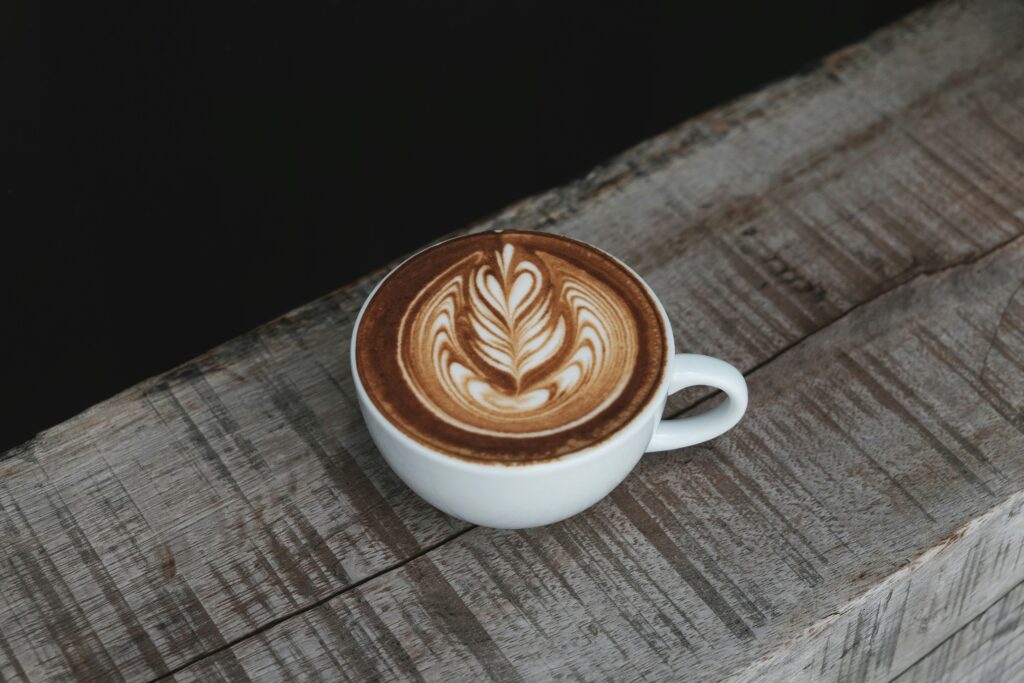
Introduction
Coffee lovers know that the way a coffee drink is prepared can make all the difference. With so many options available, it can be challenging to choose the perfect cup. This article dives into three popular coffee drinks: Breve, Mocha, and Latte. Each offers a unique blend of flavors and textures that cater to different tastes. Whether you prefer the rich creaminess of a Breve, the sweet indulgence of a Mocha, or the smooth simplicity of a Latte, understanding these drinks can enhance your coffee experience. Let’s explore what makes each of these coffee preparations special and how you can make them at home. From ingredients to brewing methods, we’ll cover everything you need to know. Get ready to discover your next favorite coffee drink!
What are the difference between cappuccino and latte?
A cappuccino and a latte are both popular espresso-based drinks, yet they have distinct differences. First, the milk-to-espresso ratio varies. A cappuccino consists of equal parts espresso, steamed milk, and milk foam. In contrast, a latte has more steamed milk and a thin layer of milk foam. Consequently, the latte is creamier and less intense than the cappuccino. Moreover, the preparation methods differ. When making a cappuccino, baristas focus on creating a thick, velvety foam. On the other hand, a latte requires well-steamed milk with minimal foam. Additionally, the serving sizes can differ. Cappuccinos are typically served in smaller cups, around six ounces, while lattes are often served in larger cups, usually eight to twelve ounces. Therefore, when choosing between these drinks, consider the balance of flavors and textures you prefer. Both offer a delightful coffee experience, but their unique characteristics cater to different tastes.
Latte
What is a Latte?
Introduce what a Latte is, its origins in Italy, and its basic composition of espresso and steamed milk with a small amount of foam on top.
How to Make a Latte
Outline the steps to make a Latte, focusing on pulling a perfect shot of espresso, steaming the milk to the right temperature and texture, and pouring the milk into the espresso. Include tips for creating latte art if desired.
Pros and Cons of Latte
Highlight the pros and cons of a Latte, such as its smooth, creamy texture and versatility in terms of flavors and add-ins versus the need for specific equipment like an espresso machine.
Breve
What is a Breve?
Describe what a Breve is, including its origins and how it differs from other coffee drinks. Explain that it is an American adaptation of the Italian cappuccino, made with half-and-half instead of milk.
How to Make a Breve
Provide a step-by-step guide on making a Breve. Include the recommended coffee-to-half-and-half ratio, the steaming process, and any special tips for achieving the perfect texture and flavor.
Pros and Cons of Breve
List the advantages and disadvantages of a Breve, such as its rich, creamy texture and higher calorie content due to the use of half-and-half.
Mocha
What is a Mocha?
Explain what a Mocha is, including its historical background and how it combines the flavors of coffee and chocolate. Mention that it is sometimes referred to as a “mocha latte” or “caffè mocha.”
How to Make a Mocha
Detail the process of making a Mocha. Include instructions on preparing espresso, mixing in chocolate syrup or cocoa powder, steaming milk, and combining these elements. Offer tips on achieving the right balance of coffee and chocolate flavors.
Pros and Cons of Mocha
Discuss the strengths and weaknesses of a Mocha, such as its sweet, indulgent flavor and the potential for being overly sweet if not balanced correctly.
Ingredients for Breve, Mocha, and Latte
Breve
- 1 shot of espresso
- 1 cup of half-and-half (a mixture of whole milk and heavy cream)
Mocha
- 1 shot of espresso
- 1 tablespoon of chocolate syrup or 1 tablespoon of cocoa powder
- 1 cup of steamed milk
- Whipped cream (optional, for topping)
- Chocolate shavings or cocoa powder (optional, for garnish)
Latte
- 1 shot of espresso
- 1 cup of steamed milk
- A small amount of milk foam (approximately 1-2 tablespoons)
Comparing Calories and Nutrients: Breve, Mocha, and Latte
When comparing the calories and nutrients of these three coffee preparations, there are notable differences. Breve, made with half-and-half, is the most calorie-dense. It contains more fat and calories due to the cream content. On the other hand, a Mocha includes chocolate syrup or cocoa powder, adding sugar and extra calories. However, it is still less calorie-heavy than a Breve. In contrast, a Latte, which uses steamed milk, typically has fewer calories than both Breve and Mocha. The Latte provides a balanced nutrient profile with a mix of protein, calcium, and fat. Consequently, if you are watching your calorie intake, a Latte might be the better choice. Yet, if you crave a richer taste, Breve or Mocha could satisfy your preference. Ultimately, the choice depends on your dietary goals and flavor preferences.
Final thoughts
In conclusion, each of these coffee preparations—Breve, Mocha, and Latte—offers a distinct experience that caters to different preferences. Breve stands out for its rich, creamy texture due to the use of half-and-half, making it a satisfying choice for those who enjoy a luxurious mouthfeel with their coffee. On the other hand, Mocha combines the robust flavor of espresso with the indulgent sweetness of chocolate, offering a delightful treat that appeals to those with a sweet tooth. Lastly, Latte impresses with its smooth and velvety texture, created by the perfect balance of espresso and steamed milk, making it a versatile option that can be customized with various flavors and additives. Whether you prefer the richness of a Breve, the sweetness of a Mocha, or the simplicity of a Latte, understanding the nuances of these coffee drinks allows you to elevate your coffee experience to suit your taste. Experimenting with these recipes at home can further enhance your appreciation for the art of coffee-making.